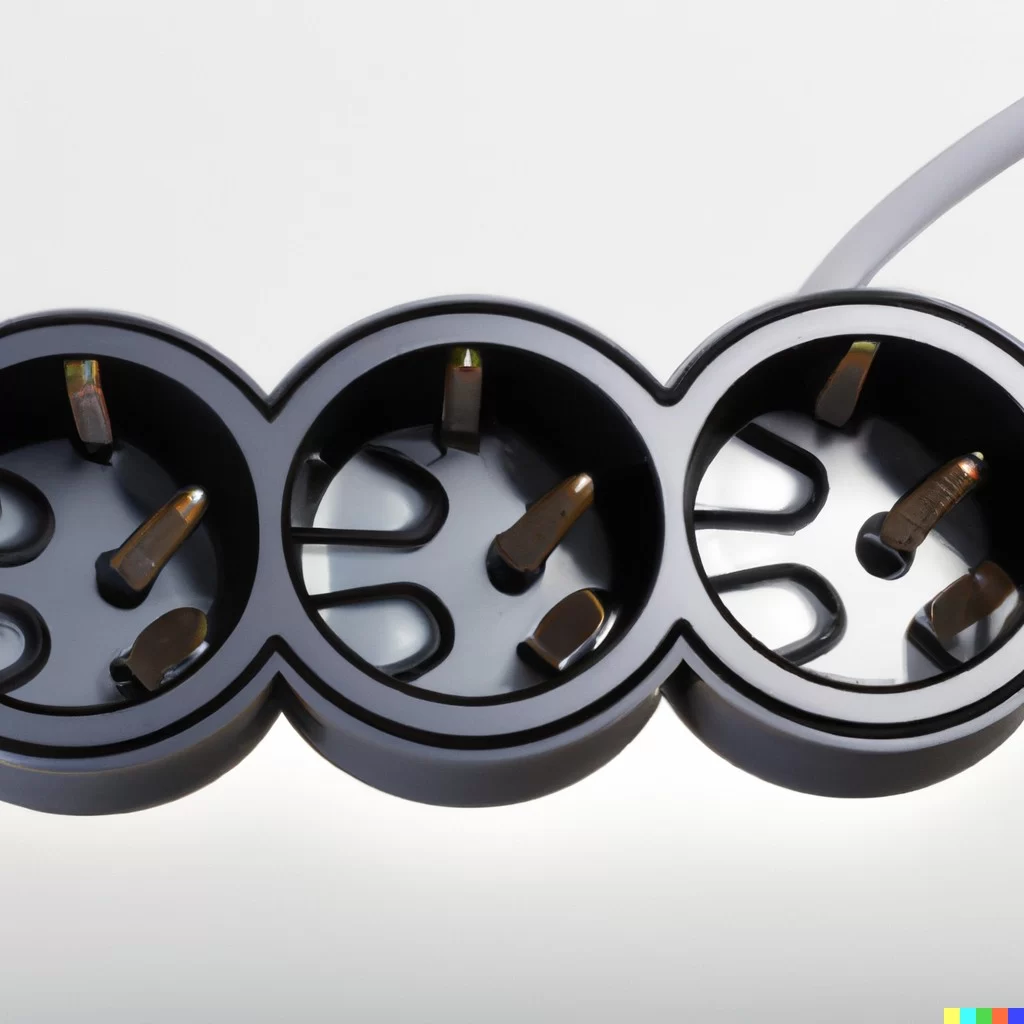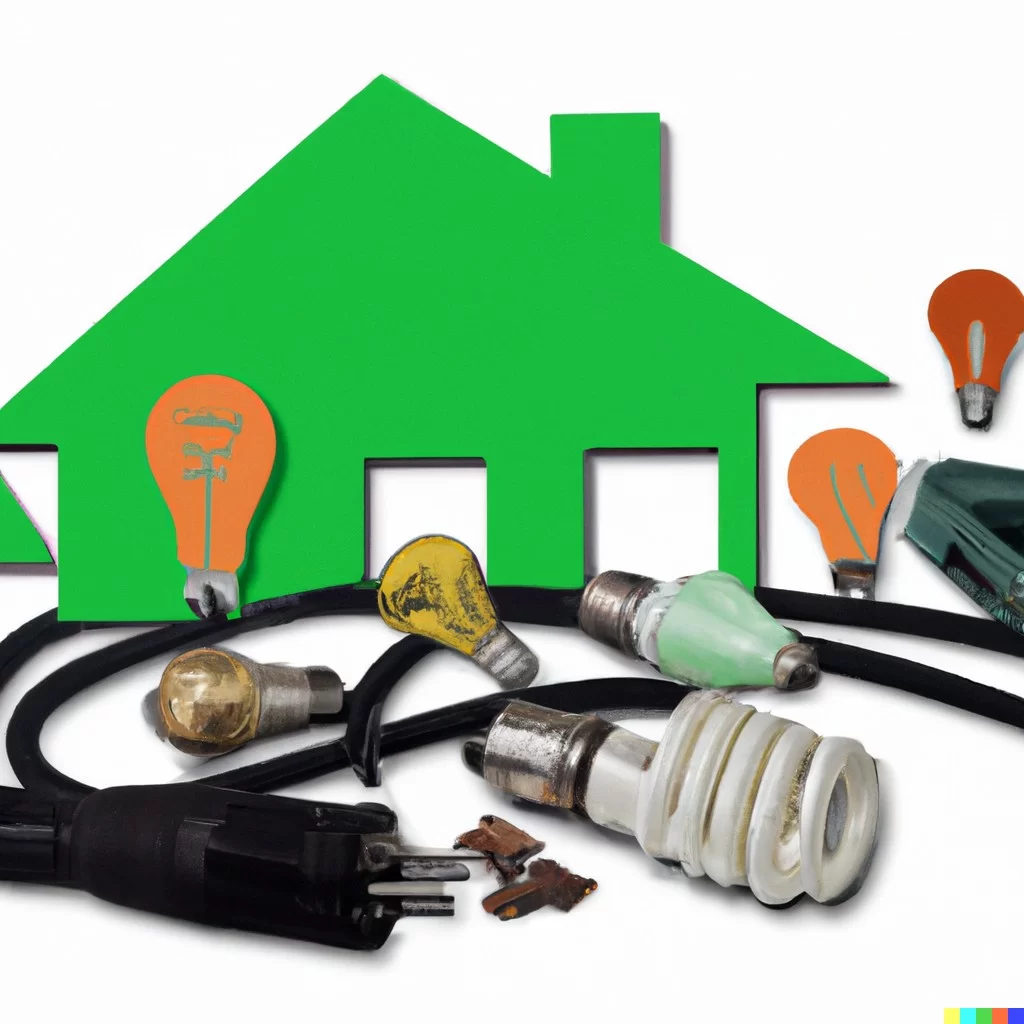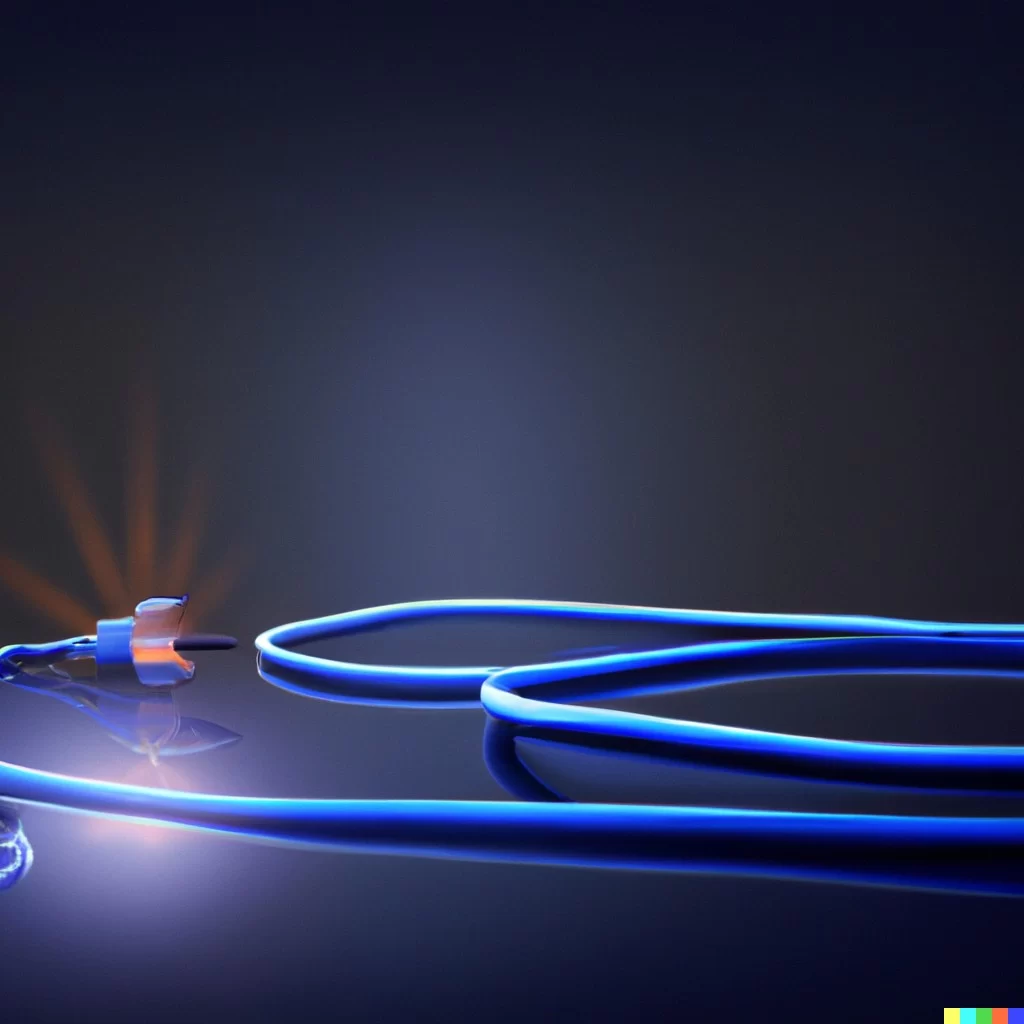The modern electric home has undergone a remarkable transformation in recent years, driven by innovations in energy solutions and appliances. From energy-efficient lighting to smart thermostats and renewable energy sources, homeowners now have more choices than ever to create a sustainable, comfortable, and convenient living environment. In this article, we will explore the latest developments in energy solutions and appliances that are shaping the way we power and manage our homes in the 21st century.
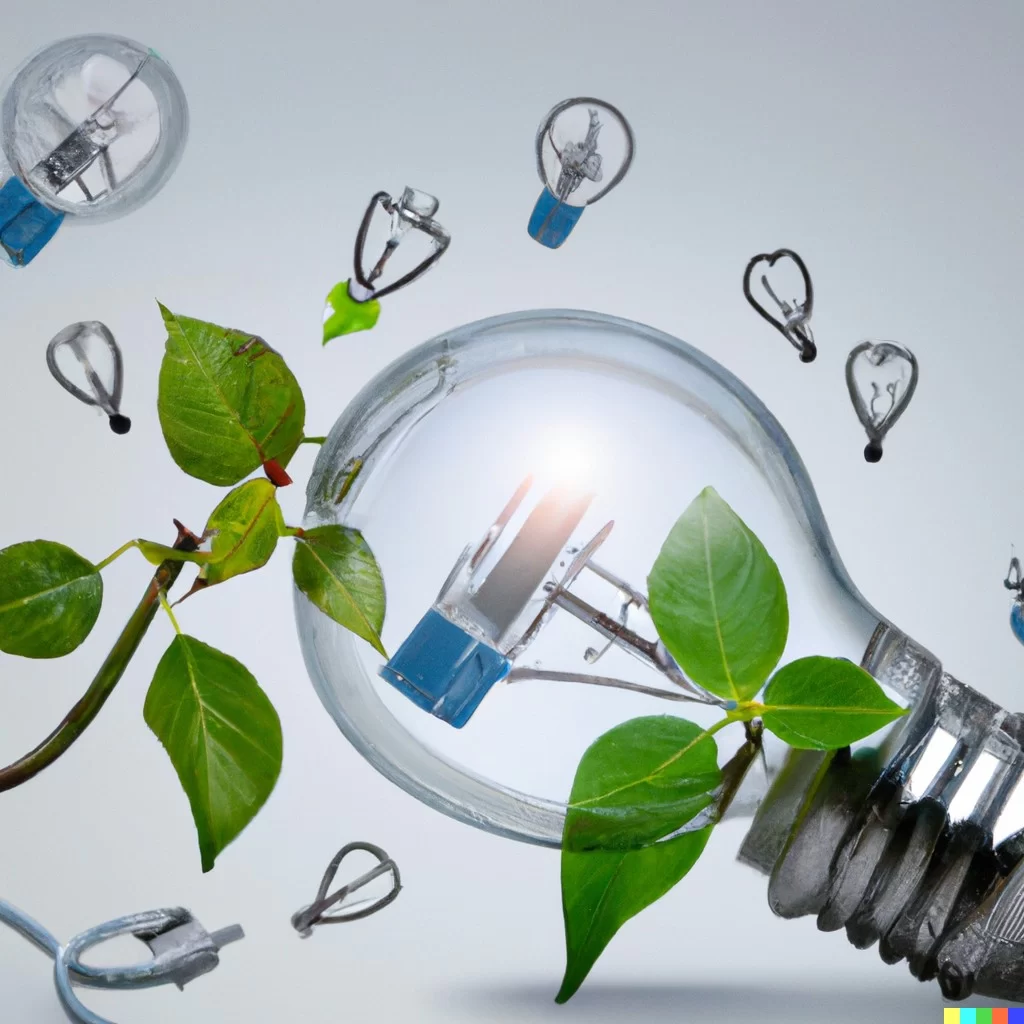
Energy-Efficient Lighting
One of the most noticeable changes in modern electric homes is the transition from traditional incandescent bulbs to energy-efficient lighting options such as LED (Light Emitting Diode) and CFL (Compact Fluorescent Lamp) bulbs. These lighting technologies consume significantly less energy and have a longer lifespan compared to incandescent bulbs. LED bulbs, in particular, have gained immense popularity due to their remarkable energy efficiency and versatility.
LEDs use semiconductors to produce light, and they are incredibly efficient at converting electricity into visible light. This efficiency translates into lower energy bills for homeowners. Moreover, LED bulbs are available in a wide range of color temperatures and can be dimmed to create the desired ambiance. The ability to adjust lighting levels and color temperature has transformed the way we illuminate our homes, making it easier to create comfortable and energy-efficient lighting schemes.
Additionally, smart lighting systems have emerged as a significant innovation within the realm of energy-efficient lighting. These systems allow homeowners to control their lighting remotely through smartphone apps or voice commands, enabling them to turn lights on and off, adjust brightness, and even change colors effortlessly. This level of control not only enhances convenience but also contributes to energy savings by ensuring that lights are only used when needed.
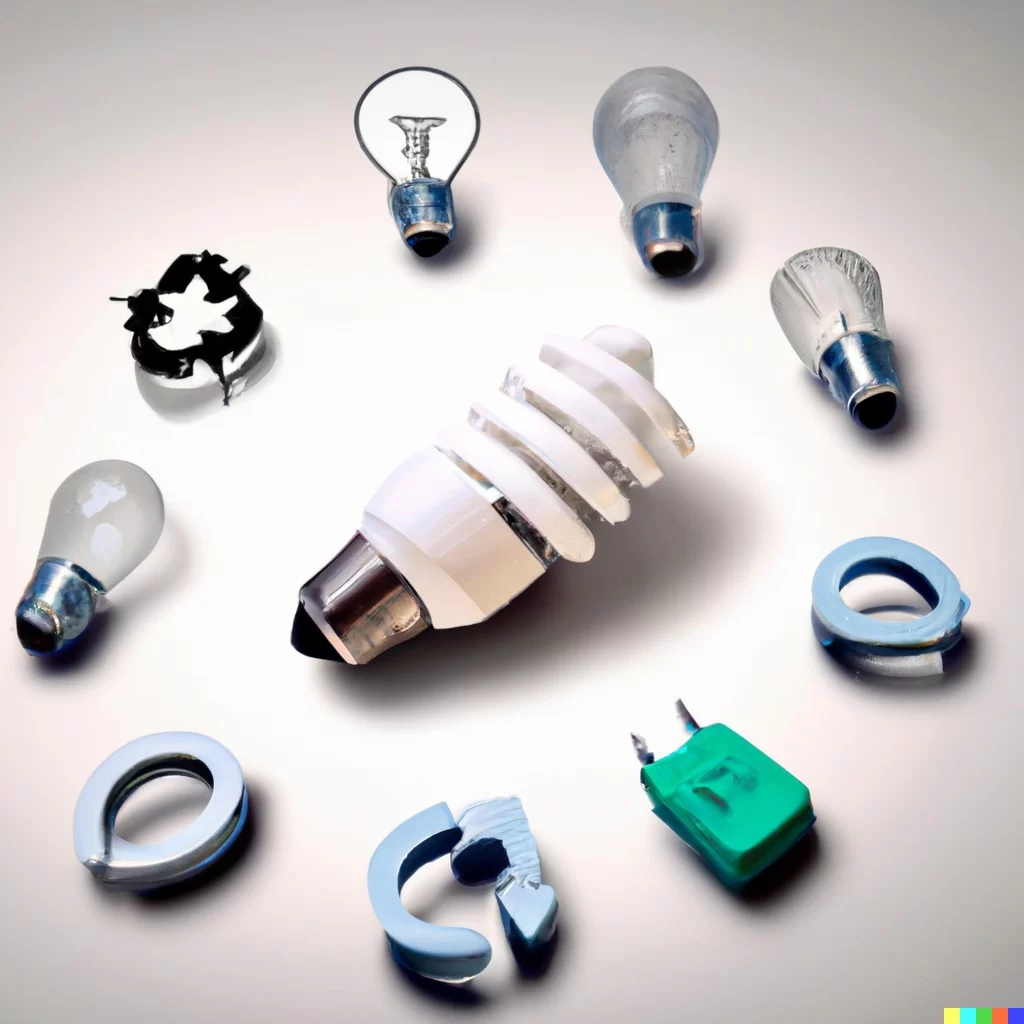
Smart Thermostats
Heating and cooling account for a substantial portion of a home’s energy consumption. Smart thermostats have revolutionized the way we manage our HVAC (Heating, Ventilation, and Air Conditioning) systems, making them more energy-efficient and cost-effective. These devices learn the occupants’ preferences and optimize the HVAC system’s operation accordingly.
Smart thermostats like the Nest Learning Thermostat and ecobee4 use sensors and algorithms to determine when to heat or cool a home, adjusting temperatures based on factors such as occupancy, outdoor weather conditions, and historical usage patterns. This level of automation ensures that the HVAC system is not running unnecessarily, reducing energy waste and lowering utility bills.
Furthermore, smart thermostats can be controlled remotely via smartphone apps, allowing homeowners to adjust settings even when they are away from home. This remote control capability enhances energy efficiency by enabling users to set their HVAC system to an energy-saving mode when they forget to do so before leaving the house.
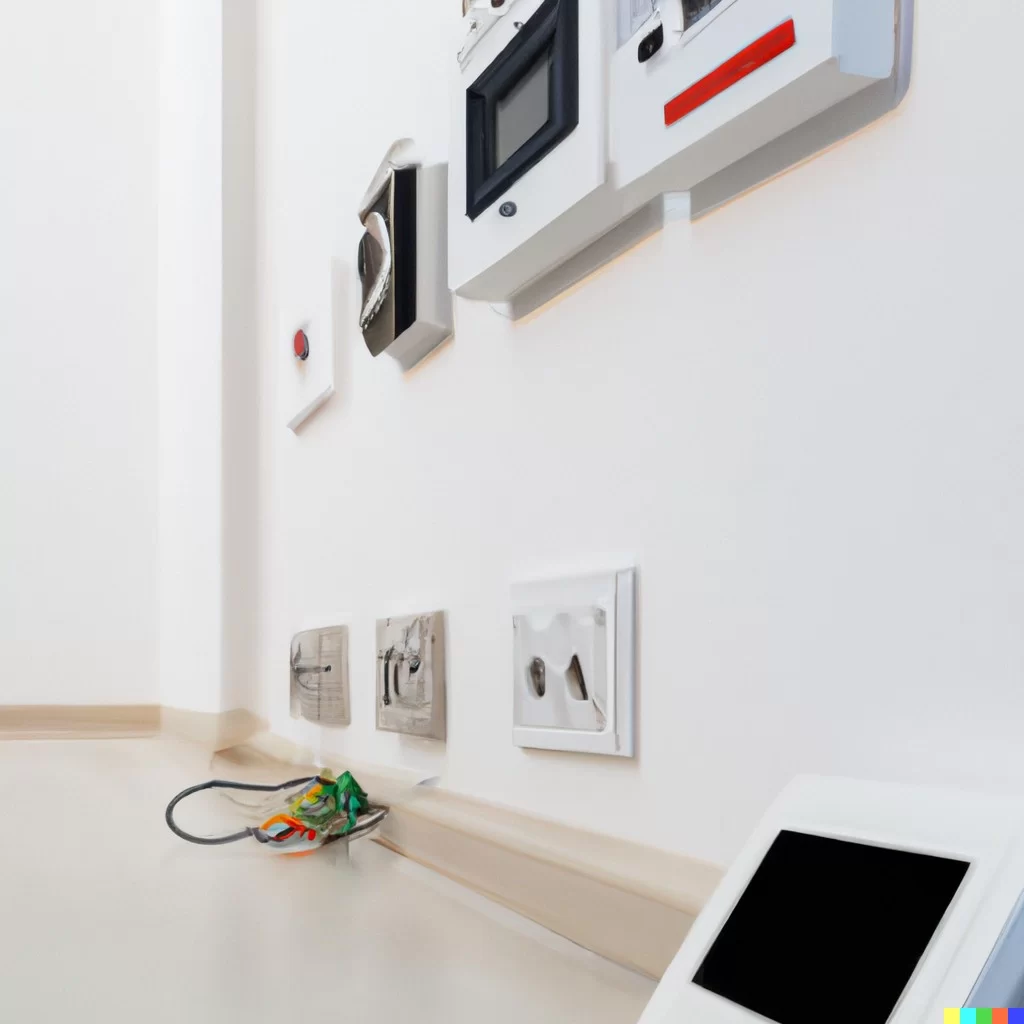
Renewable Energy Sources
As the world seeks to reduce its dependence on fossil fuels and combat climate change, renewable energy sources have become increasingly prevalent in modern electric homes. Solar panels, wind turbines, and geothermal systems are some of the key technologies used to harness clean energy from natural sources.
Solar panels, in particular, have gained widespread adoption due to their accessibility and cost-effectiveness. These photovoltaic systems convert sunlight into electricity, which can be used to power a home’s electrical appliances and lighting. Excess electricity can be stored in batteries or fed back into the grid, depending on the homeowner’s preferences and the availability of net metering programs.
Wind turbines and geothermal systems are less common but highly effective renewable energy sources. Wind turbines generate electricity by harnessing the kinetic energy of the wind, while geothermal systems tap into the Earth’s natural heat to provide heating, cooling, and hot water for homes. While the installation of these systems may require a larger upfront investment, they offer long-term energy savings and reduce a home’s carbon footprint.
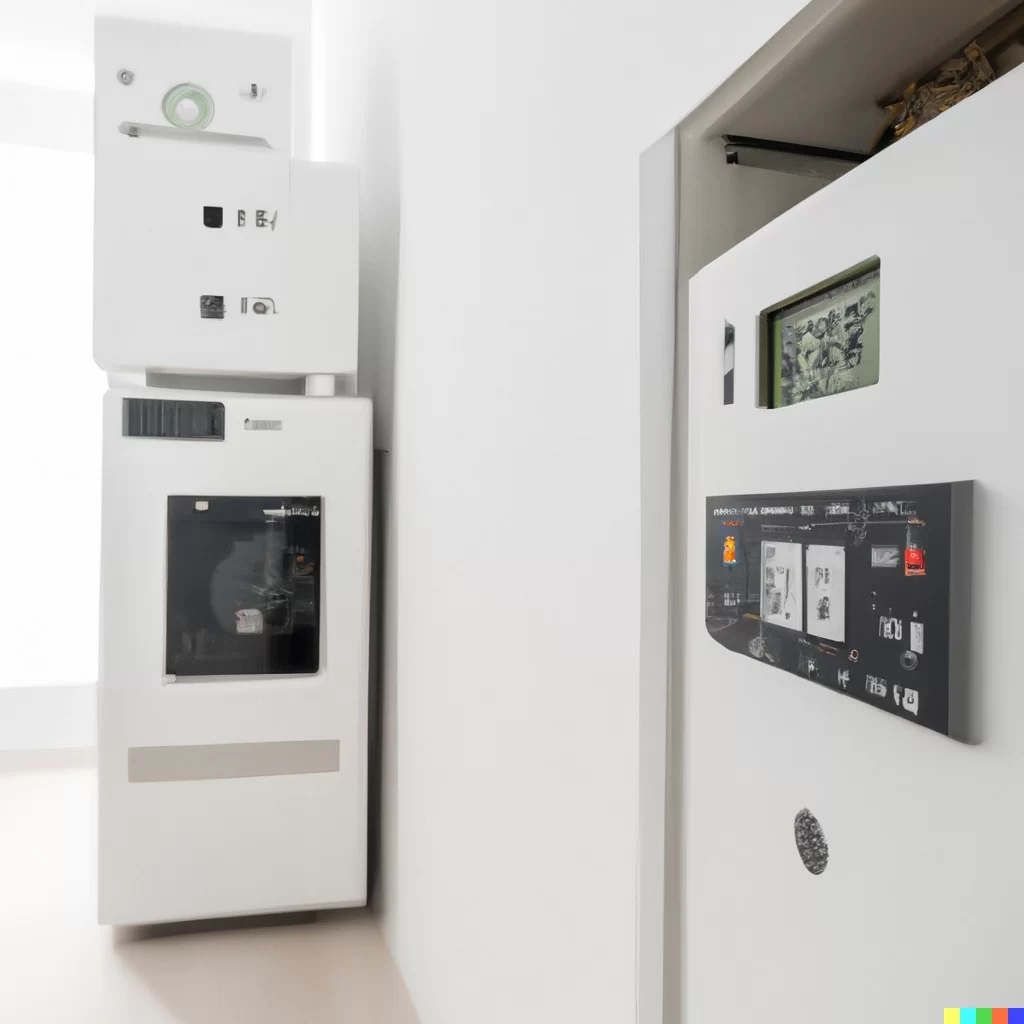
Energy-Efficient Appliances
In addition to lighting and HVAC systems, energy-efficient appliances play a crucial role in reducing a home’s energy consumption. Modern electric homes are equipped with a wide range of energy-efficient appliances, including refrigerators, dishwashers, washing machines, and more.
ENERGY STAR, a program established by the U.S. Environmental Protection Agency (EPA), identifies and certifies energy-efficient appliances that meet strict efficiency criteria. These appliances are designed to consume less energy while delivering the same or better performance compared to their non-certified counterparts. Homeowners can choose from a variety of ENERGY STAR-rated appliances, which not only save energy but also reduce utility costs over time.
For instance, ENERGY STAR-certified refrigerators use advanced insulation and compressors to maintain temperature stability while minimizing energy consumption. Similarly, energy-efficient washing machines use less water and electricity while still effectively cleaning clothes. These appliances not only save money but also contribute to environmental sustainability by reducing greenhouse gas emissions associated with energy production.
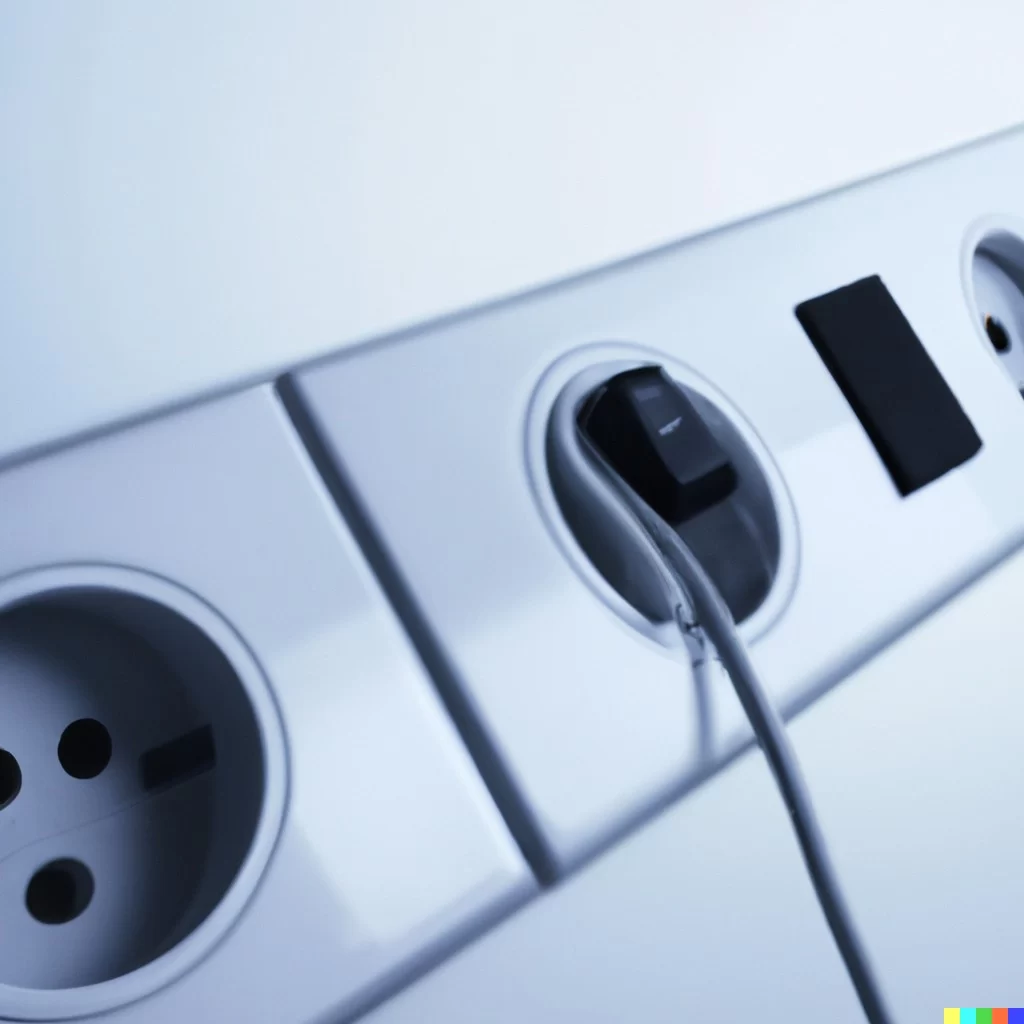
Battery Storage Systems
Battery storage systems have become a critical component of modern electric homes, especially for those with renewable energy sources like solar panels. These systems store excess electricity generated during the day for use during the night or when solar production is low. They also provide backup power during grid outages.
Lithium-ion batteries are commonly used in residential battery storage systems due to their high energy density and efficiency. Homeowners can choose from a variety of battery sizes and configurations to meet their specific energy storage needs. Some battery systems are designed to be integrated with solar panels, allowing for seamless energy management and storage.
Battery storage not only enhances energy reliability but also contributes to grid stability by reducing peak demand on the electrical grid during periods of high energy consumption. This can lead to lower electricity costs for homeowners and a more efficient overall energy system.
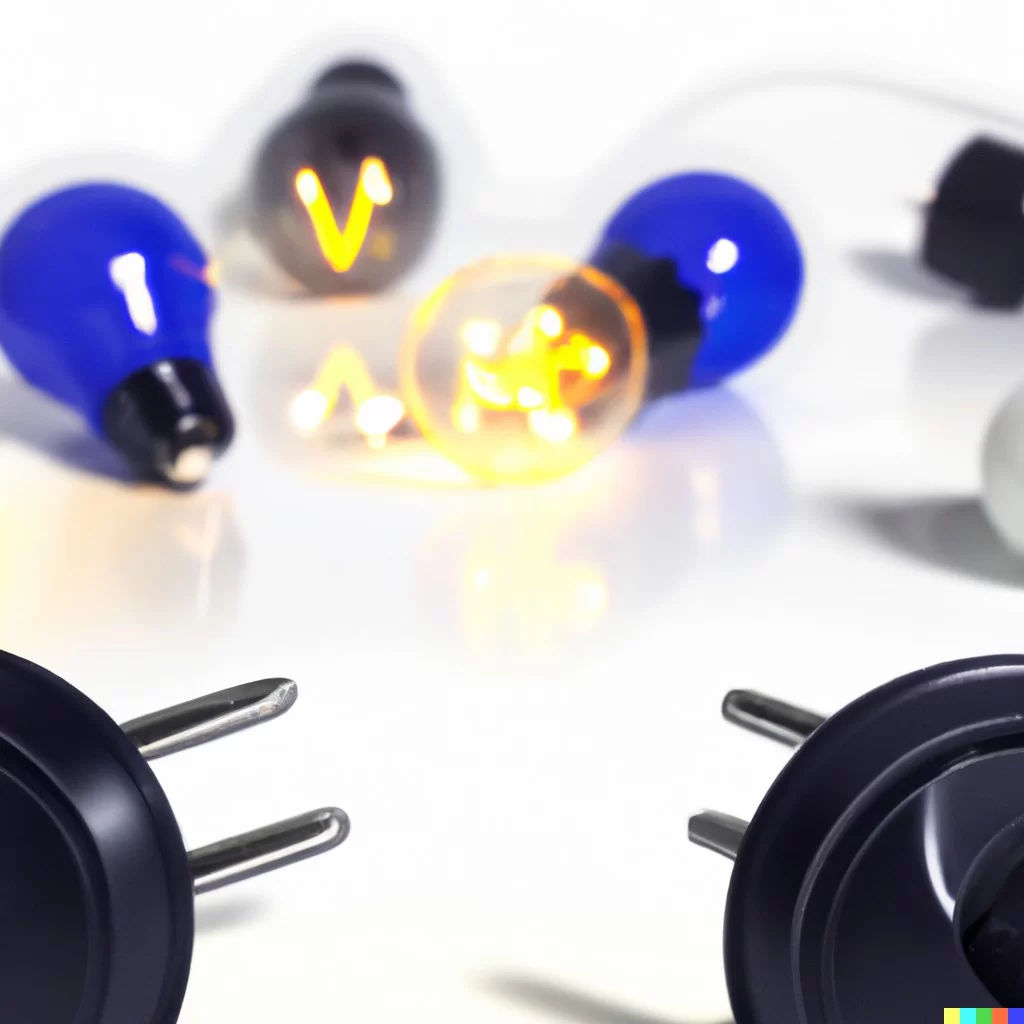
Home Energy Management Systems
Home energy management systems (HEMS) are gaining popularity as a way to monitor and optimize energy consumption in modern electric homes. These systems provide real-time data on energy usage and allow homeowners to make informed decisions about how to reduce their energy footprint.
HEMS typically include a central control hub, sensors placed throughout the home, and a user-friendly interface accessible through a smartphone app or web portal. The sensors collect data on electricity, water, and gas usage, while the control hub analyzes this data to provide insights and recommendations for energy-saving actions.
Some HEMS also offer integration with other smart devices in the home, such as smart thermostats and lighting systems. This integration allows for seamless automation of energy-saving measures, such as adjusting lighting and HVAC settings based on occupancy and time of day.
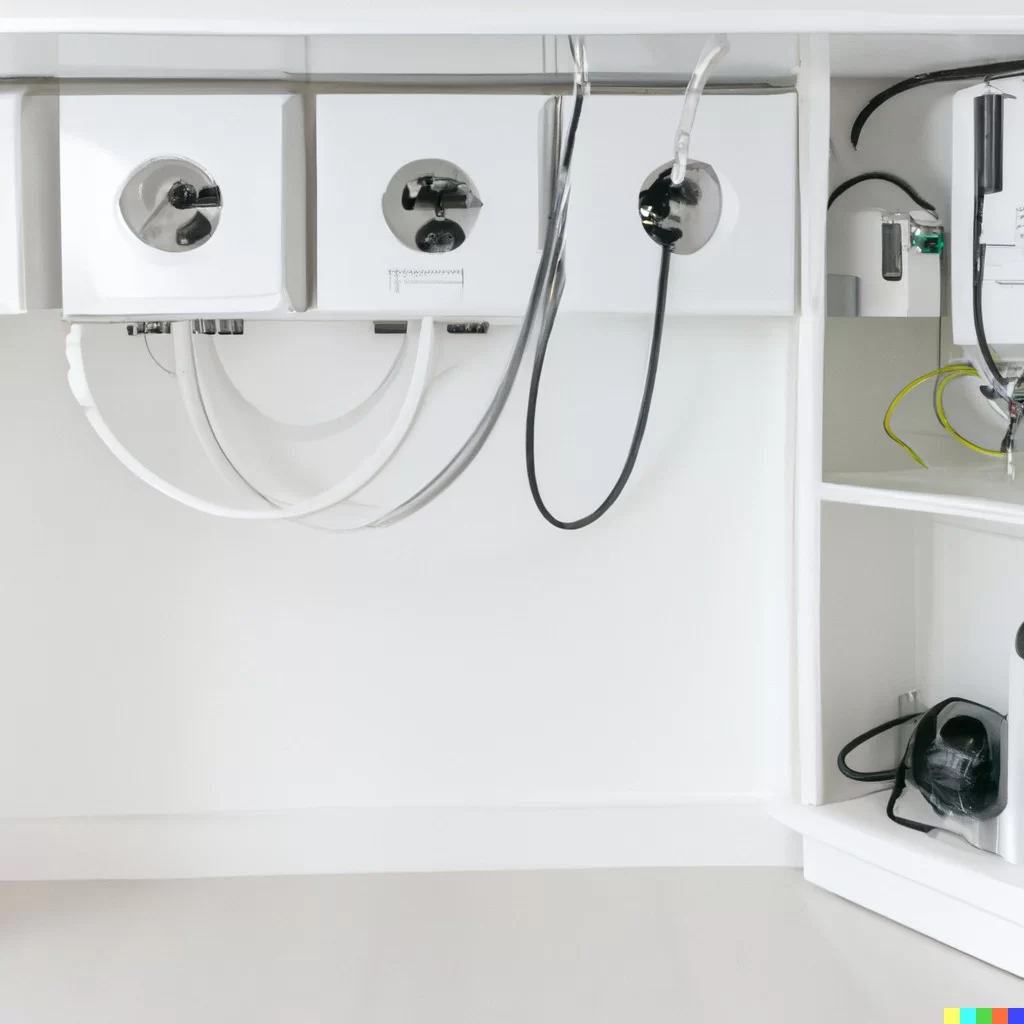
The Role of Artificial Intelligence
Artificial intelligence (AI) is playing an increasingly significant role in modern electric homes by enhancing the efficiency and automation of energy management systems. AI algorithms can analyze large datasets to identify patterns and optimize energy usage.
For example, AI-powered HEMS can predict energy consumption patterns based on historical data and weather forecasts. This predictive capability allows the system to make proactive adjustments to heating, cooling, and lighting to minimize energy waste. AI can also analyze appliance usage and suggest more energy-efficient behaviors to homeowners.
In the context of renewable energy systems, AI can optimize the operation of solar panels and wind turbines by tracking weather conditions and adjusting their output accordingly. AI algorithms can also help homeowners determine the most cost-effective times to charge and discharge their battery storage systems, taking advantage of fluctuating electricity prices.

The Future of Modern Electric Homes
The innovations in energy solutions and appliances discussed in this article represent just the beginning of what is possible in modern electric homes. As technology continues to advance, we can expect even more exciting developments in the years to come.
One area of ongoing research and development is the integration of electric vehicles (EVs) with home energy systems. Homeowners are increasingly adopting EVs, and integrating them with the home’s energy infrastructure can provide benefits such as convenient charging and the use of EV batteries for home energy storage.
Another promising avenue is the development of more efficient and sustainable building materials and construction techniques. Passive house design principles, for example, focus on maximizing energy efficiency through superior insulation and airtight construction. These principles, combined with advanced materials and construction methods, can significantly reduce a home’s energy demand.
In conclusion, the modern electric home has evolved dramatically thanks to innovations in energy solutions and appliances. From energy-efficient lighting to smart thermostats, renewable energy sources, and advanced home energy management systems, homeowners now have a wide range of tools at their disposal to create energy-efficient, comfortable, and sustainable living spaces. As technology continues to advance, the future of modern electric homes looks brighter than ever, with the potential to further reduce energy consumption and contribute to a more sustainable planet.
